Length calculation
Please note that the calculation of the length is done without taking into account the bottom hem and the top of the curtains, this parameter will be added later. To calculate fabric for curtains, use a metal tape measure to measure the distance from the point where the curtain is attached to the ledge to its desired length.

- The length to the windowsill. In this case, it is recommended to make the curtains slightly higher than the window sill, about 1 cm. Then they will easily move without touching it.
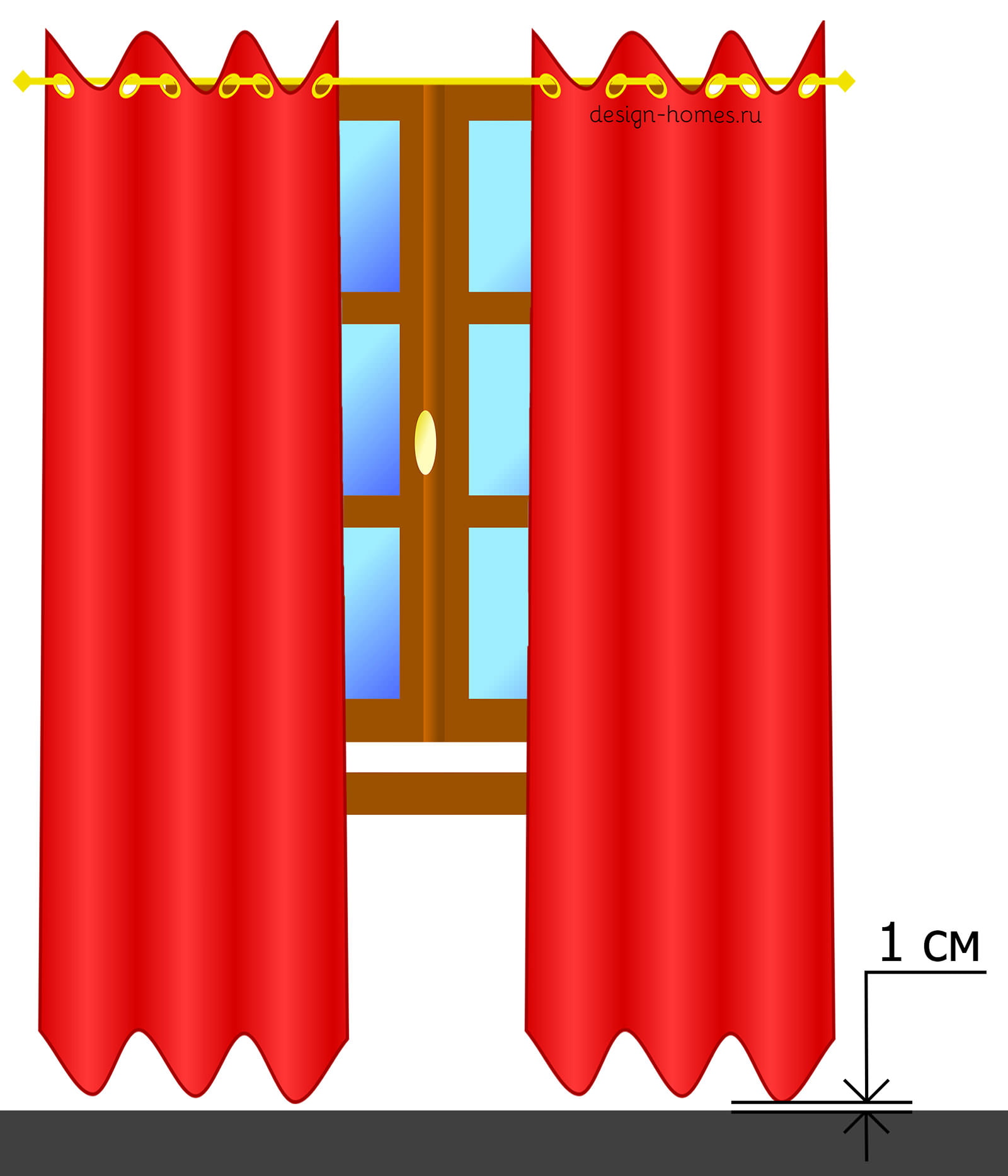
- The average length. Curtains that go down 10-15 centimeters below the window sill line look good. In addition, this option allows you to reduce fabric consumption for curtains.

- Full length One of the most traditional and favorite design options for window openings - floor-length curtains. In this case, the distance must not be measured to the floor surface, but slightly higher. This will protect the fabric from scuffing, the curtains can be washed less often, and they will last longer. Curtains falling to the floor certainly look spectacular, but they quickly become unusable and interfere with cleaning.

Width calculation
To calculate fabric for curtains, you need to consider how the fabric will be attached to the cornice, and how magnificent the curtains will be. The last parameter takes into account the thickness and width of the folds on the curtain in the fully opened state.
Tip
Before you start taking measurements, it is worth hanging a cornice - this will be needed to calculate both the length and width of future curtains. Typically, the distance from the top edge of the window to the cornice is in the range from 7.5 to 12.5 centimeters, it should protrude beyond the width of the window by a distance of at least 15 cm to be able to completely free the window opening from the curtains.
In order to beautifully bend the curtains on the sides when sewing, you need to add 10 centimeters on each side.
How to calculate the fabric for curtains designed, for example, for a standard window opening and a standard height of ceilings?
In this case, the length of the cornice can be 2 m, the height of the curtains (to the floor) - 2.6 m. To make them not too lush, we take the assembly coefficient to be 2.
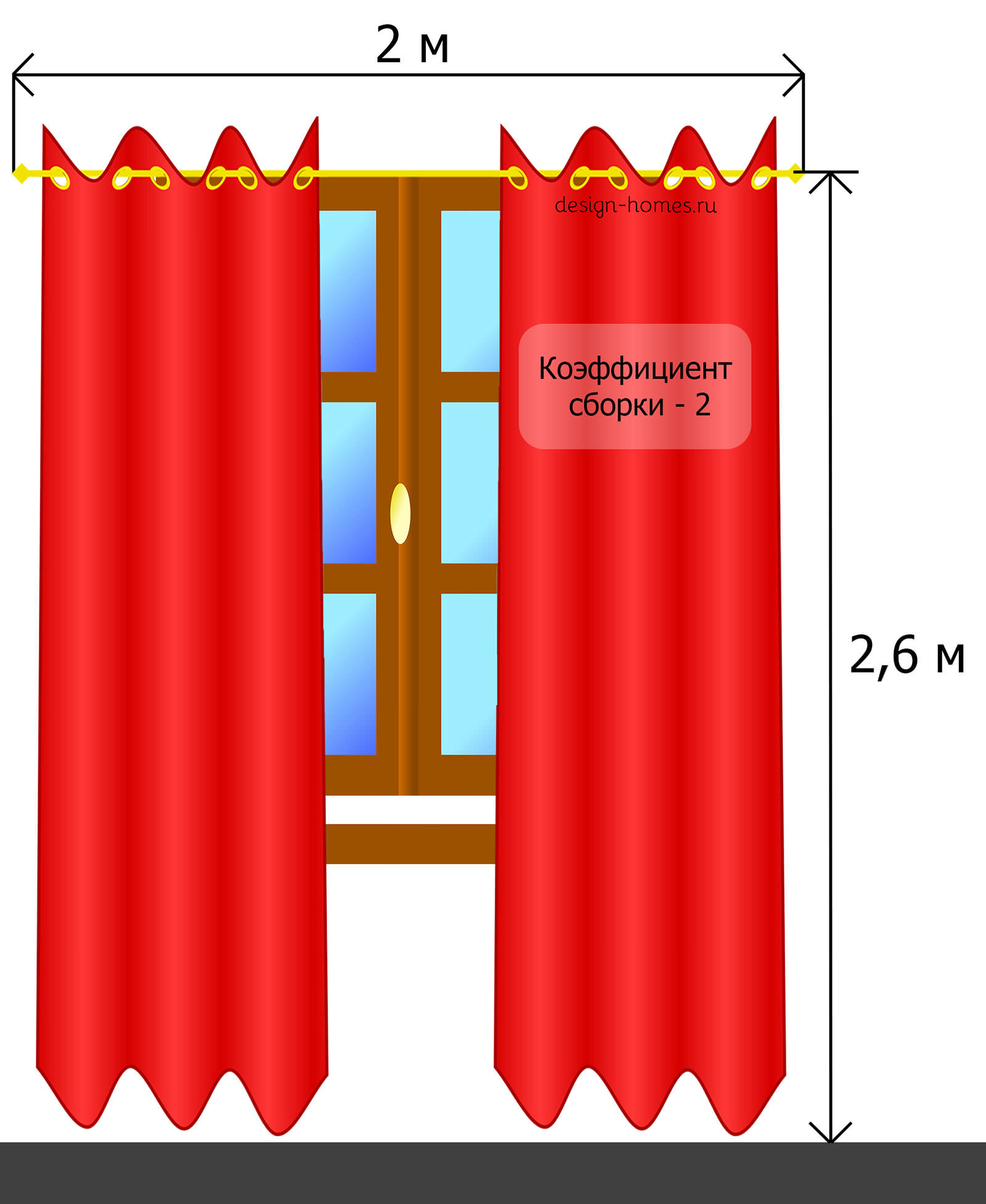

Curtain: Tulle
Fabric consumption for curtains from tulle is made according to the following formulas:
Height: curtain height + hem allowance from below + hem allowance from above
In our case, we have 2.6 + 0.15 + 0.10 = 2.85 (m)
Width: eaves length x assembly coefficient, or in our case 2 x 2 = 4 (m).
Curtain: curtain
The consumption of fabric for blackout curtains is done according to the same formula, with the only difference being that, unlike tulle, it is made of at least two parts. Therefore, the height will be the same, but the resulting width will have to be divided into two.
Tip
Do not throw away pieces of fabric left after cutting curtains. From these residues you can sew decorative pillows, grip for curtains, and other decorative elements.
Attention!
If the pattern on the curtains is repeated in length, then when sewing the curtains, you will have to adjust the pattern at their junction. To do this, the fabric must be taken with a margin of rapport (a repeating pattern on the fabric). If the rapport has a length of 60 cm, the fabric should be taken 60 cm more than calculated.

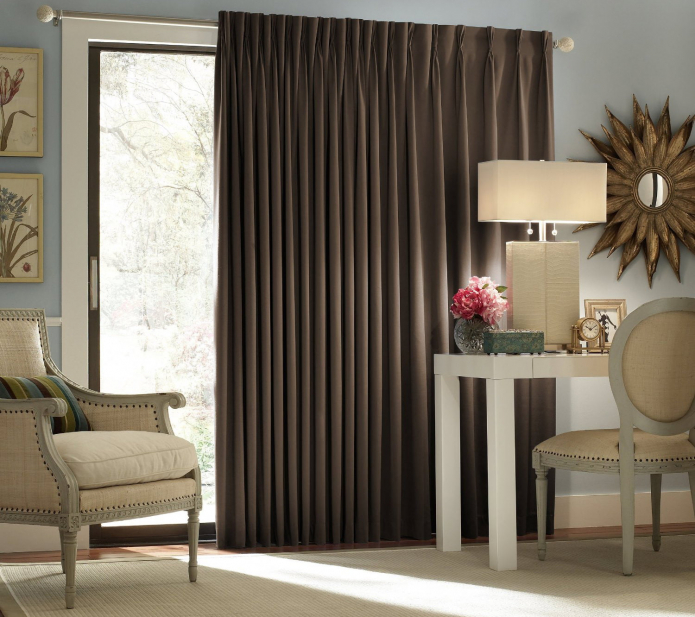


 How to make a decorative partition with your own hands?
How to make a decorative partition with your own hands? How to make a coffee table from pallets with your own hands?
How to make a coffee table from pallets with your own hands?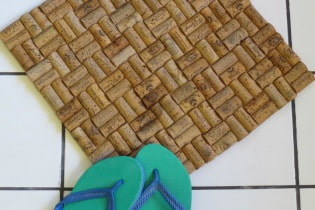 How to make a rug from bottle caps?
How to make a rug from bottle caps?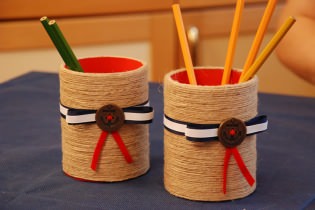 How to make a pencil box do it yourself from cardboard?
How to make a pencil box do it yourself from cardboard?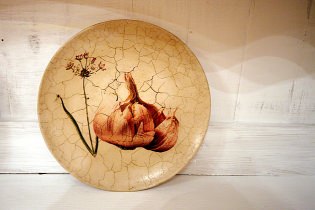 Decoupage plates with craquelure
Decoupage plates with craquelure DIY pirate wooden chest
DIY pirate wooden chest